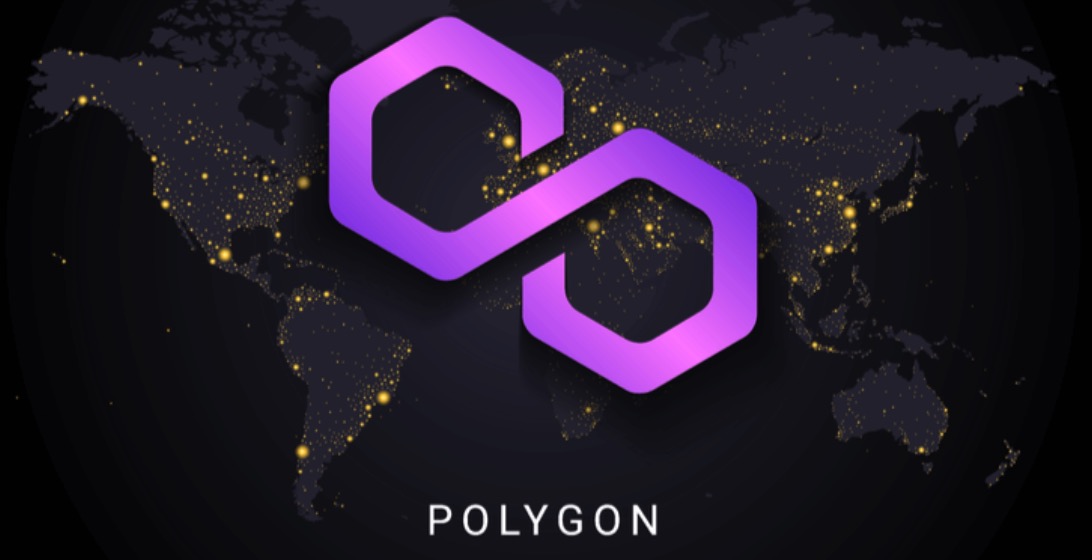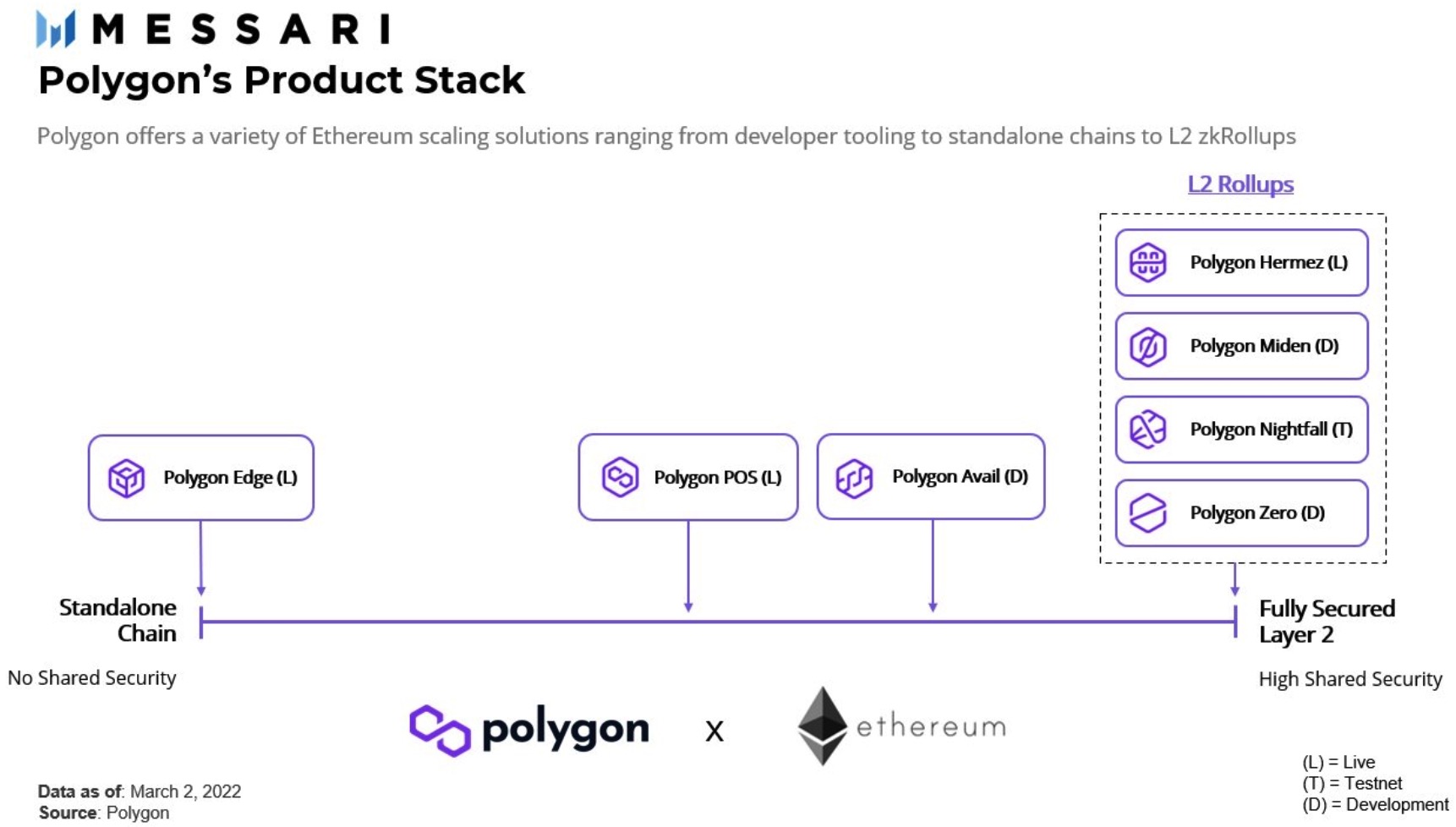Matic (Polygon): The Future of Ethereum Scaling
As the DeFi ecosystem grows increasingly popular since 2020, the performance of public chains has become the top concern among users and developers. Ethereum, the No.1 public chain in terms of user recognition and adoption, is often subject to network congestion and expensive gas fees when processing large transaction volumes, and many developers have been trying to make the network cheaper to use while improving its performance. This has triggered the appearance of many Layer 2 ecosystems, of which Polygon represents a trending solution to the problems facing Ethereum.
Polygon, formerly known as Matic Network, was founded by three young men from India. The chief founder of the Matic protocol is JD (Jaynti Kanani). He was introduced to cryptos in 2015 and was a core contributor to the first implementation of Plasma MVP.

Back then, Plasma was a hot topic within the crypto community, and JD put forward a new proposal. He felt that Ethereum should have an EVM-based Plasma solution. Later on, JD co-founded the Matic Network together with Sandeep Nailwal and Anurag Arjun to improve the cost and scalability challenges of Ethereum.
Subsequently, after consulting many developers, the Matic team found no one solution worked for everyone, at which point they realized that a long-term, sustainable solution was required. Following that, Matic upgraded itself to Polygon. This is not simply a name change. Instead, Polygon represents a new ecosystem that provides modular solutions.
The upgraded Polygon is no longer just a sidechain. It offers a variety of solutions that can be used to create an Ethereum-compatible blockchain network and a scaling solution. Polygon now offers seven scaling solutions, covering Polygon Edge, Polygon PoS, Polygon Avail, Polygon Hermez, Polygon Nightfall, Polygon Miden, and Polygon Zero.

Polygon PoS
Polygon PoS, the Polygon network most frequently used, is one of the first products to go live in the Polygon ecosystem. As a PoS sidechain, Polygon PoS is a parachain connected to Ethereum. Polygon PoS scales by using sidechains to process transactions, thereby relieving network congestion, enabling faster transactions, and saving costs.
The TPS of Polygon PoS can reach up to 7,000, and users can swap between Polygon and Ethereum at any moment through cross-chain bridges. In the meantime, Polygon PoS will use the Plasma framework and a decentralized PoS validator network to keep assets secure. Moreover, the chain features a maximum of 100 validators. In addition, Polygon PoS requires two thirds of the validators to reach consensus, instead of the common 51%.
Although Polygon PoS is not as decentralized as Ethereum, this sidechain, with 100 validators, is more decentralized than most other scaling solutions that are more centralized.
Polygon Edge
Polygon Edge is a modular and extensible framework for building Ethereum-compatible blockchain networks or sidechains. Therefore, Edge is an open-source software development kit (SDK) that’s somewhat similar to Cosmos. Developers can build their Layer 2 chains or sidechains through Edge modularization and easily achieve cross-chain functions. Meanwhile, such chains are fully compatible with Ethereum smart contracts and transactions.
Polygon Avail
Like Polygon Edge, Polygon Avail is also a blockchain infrastructure. In the blockchain world, nodes face a wide array of challenges, such as malicious or incomplete data. Polygon Avail was mainly built to solve the data availability problem arising from cross-chain scenarios within the Ethereum ecosystem. Simply put, Avail handles data processing. More specifically, developers on PoS chains can outsource security tasks to Avail, and Avail will record the on-chain transaction data, allowing developers to focus on off-chain transactions or rely on a light client for validation.
Polygon’s L2 Solutions
Apart from PoS sidechains, Polygon also provides four L2 scaling solutions, all of which use the mainstream ZK Rollups solution.
Positioned as a highly decentralized ZK Rollup solution, Polygon Hermez has been running the first-ever decentralized ZK Rollup on the Ethereum mainnet since. That said, the network now only supports payments and transfers. Polygon Hermez can process up to 2,000 transactions per second, and its TPS is expected to further increase after the Merge and sharding of Ethereum. Hermez 2.0, which is being tested, adds ZK EVM to run smart contracts.
Aiming to build the world’s fastest ZK Rollup product, Polygon Zero is a project powered by ZK-SNARK. Zero makes transactions go faster by increasing the number of transactions that can be processed at any time through the scalable ZK-SNARK. At the moment, Zero’s Plonky2 can generate a SNARK proof in 0.17 seconds, making it the fastest ZK proof-generation scheme in the world.
Polygon Miden is a ZK Rollup product based on STARKs. STARK, or scalable transparent argument of knowledge, is essentially enabled by privacy-preserving and scaling technologies, which allow it to provide safer and faster verification-proof capacities. In addition, Miden is transparent (no trusted setup) and post-quantum secure. The biggest difference between SNARKs and STARKs is that SNARKs are vulnerable to quantum computing attacks, while the leaner encryption features of STARKs make them post-quantum secure.
Serving corporate clients, Polygon Nightfall is a project jointly developed by Polygon and Ernst & Young, and the two hope to build a scalable blockchain solution for companies. As businesses come with different demands, Nightfall uses the Optimistic-ZK Rollup hybrid mechanism, and the most prominent difference between it and other scaling solutions is that Nightfall provides privacy protection, while ZK Rollup does not offer privacy-preserving features by default.
By offering these seven solutions, Polygon has met the scaling demands of different developments. Unlike the regular sidechain or Layer 2 solution, the network strives to provide solutions to Ethereum’s scaling problem. We hope that Polygon’s efforts will pay off and better address Ethereum’s scaling concern.
Users can now manage MATIC and use DApps based on Polygon PoS within CoinEx Wallet. Download the wallet at https://wallet.coinex.com/download and try out the new features!
[More Information]
Polygon website: https://polygon.technology/
Market cap ranking: https://coinmarketcap.com/currencies/polygon/
Matic whitepaper: https://github.com/maticnetwork/whitepaper
Buy Matic: https://www.coinex.com/info/MATIC
Manage Matic: https://wallet.coinex.com/download








